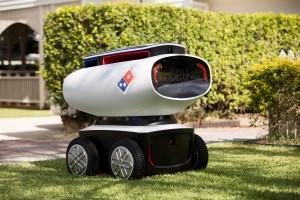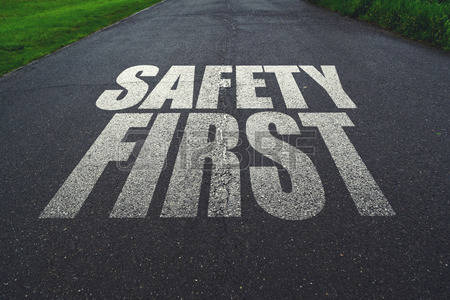The video industry has a long history of incremental evolution; black-and-white boxes turned into colour on flatscreens and videotapes converted into DVD’s and Blu-ray discs. Moreover, the quality of videos also increased throughout time due to technology development. Information goods are goods that derives their value from the content they carry, rather than from the medium that is used to capture the content. Now, the industry is making room for online and mobile platforms such as Netflix, Videoland and HBO.
The changes in the industry let to changes in the business models. Previously, most market players earned one-time revenues, for instance by selling or renting out a video or DVD. When the internet emerged, this business model changed. Nowadays, market players earn money by introducing subscription models, such as the streaming service Netflix. Since information goods have low marginal costs, market players (e.g. Netflix) could offer a bundle of films on a platform for a fixed amount per period. This disruption led to the almost complete disappearance of physical videos and video rental.
Furthermore, historically Netflix started off with DVD rental through mail and in 2007 they complemented this service with online streaming. At this moment they are one of the biggest companies in the online streaming market. Some competitors of Netflix, such as Blockbuster did not make the switch from DVD rental to online streaming and went bankrupt (Business Insider, 2017).
The Porter’s five forces demonstrates the disruptive effect of Netflix on the industry. The competitive rivalry is high, due to larger competitors having exclusive rights to films. The threat of substitutes is also high, due to traditional video industry being substituted by streaming services and the threat of illegal downloading. Furthermore, the power of consumers is low, due to non-financial switching costs (long-tail and customization). On the other hand, the power of suppliers is high, since they hold the films rights and can give these to any market player they want. However, their power depends on how popular the film is. Lastly, the barrier to entry is high due to the arrival of the internet leading to large market players such as Netflix and the positive feedback loops.
The prediction of the video industry in the future, is that all series, films, netflix and TV shows will only be available on-demand. It will be possible to watch specific films or episodes whenever or wherever you want. Furthermore, these platforms are all going to offer personalized programs. The annual revenue of Netflix increases every year and is expected to keep on rising due to new market possibilities in developing countries (Statista, n.d.). There may be possible implications during this new phase of streaming. Bundling allows sellers to offer a menu of different options. Customized bundling gives consumers greater control over the content of bundles they purchase. From the sellers point of view, this may translate into lower sales volumes due to smaller bundles sold and higher transaction costs.
Watch our video here!
References
Business Insider. (2017). How Netflix Bankrupted And Destroyed Blockbuster. [online] Available at: http://www.businessinsider.com/how-netflix-bankrupted-and-destroyed-blockbuster-infographic-2011-3?international=true&r=US&IR=T [Accessed 20 Sep. 2017].
Statista. (n.d.). Statistics & Facts on Netflix. [online] Available at: https://www.statista.com/topics/842/netflix/



